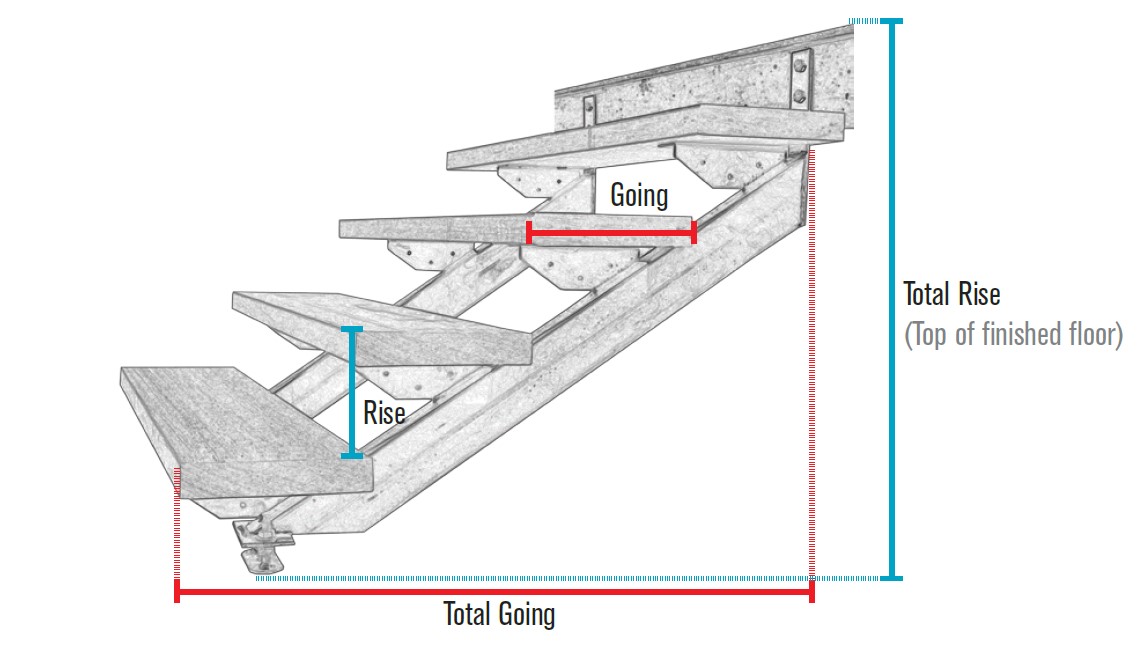Rise Of Floor Ship

It is measured as the rise of the deck towards the stem or stern it is the height of the deck at the side above the deck at sides amidships.
Rise of floor ship. The rise of the bottom shell plating line above the base line. Rise of floor or deadrise. A rolled or soft chine means the vessel is meant to lean and roll smoothly. Searchable index include more than 2000 nautical topics in expected mmd written and oral exams with pinpoint answer making our.
It makes a ship more seaworthy by raising the deck at the fore after ends further from the water and by reducing the volume of water coming on the deck. Ship operation technology meteorology ror and ship stability etc. This is true of most sail powered vessels where there is a counterweight in a deep keel. The height of the intersection between the extended out bottom line and the moulded breadth line above the keel is called rise of floor or deadrise.
Camber is defined as the rise of deck as it can be shown in figure 2. It can be defined as the side of the deck going from side to the centre of the ship. Dead rise the transition from chine to keel. It rises upward as one goes to the sides or ends.
The difference between the draughts on the bow and the stern of the ship is called trim. The rise or upward slant of the bottom of a ship from the keel to the bilge. We use cookies to personalize content and ads to provide social media features and to analyse our traffic. Deadrise raise of floor.
It accounts for the front part of the ships upper deck and is not more than 7 of total deck length. Some of these cookies also help improve your user. A forecastle is the foremost parts of ship. The rise or upward slant of the bottom of a ship from the keel to the bilge.
This rise is measured at the line of moulded beam. The bottom of the ship in most cases are not flat throughout. It can be easily identified on a ship structure by a sudden rise in the fore deck near the ships bow. In the longitudinal section view of centerline if the bottom part of the ship rises as one moves towards the fore end of the ship it is called rise of keel.
The floor in ship is the bottom transverse structure usually extending to. Cushion effect can be a problem for some heavily loaded cargo ships in shallow waters like canals. Camber or round of beam. Tumble home in some ships the midship side shell in the region of the upper deck is curved slightly towards the centre line thus reducing the width of the upper deck decks above.


















